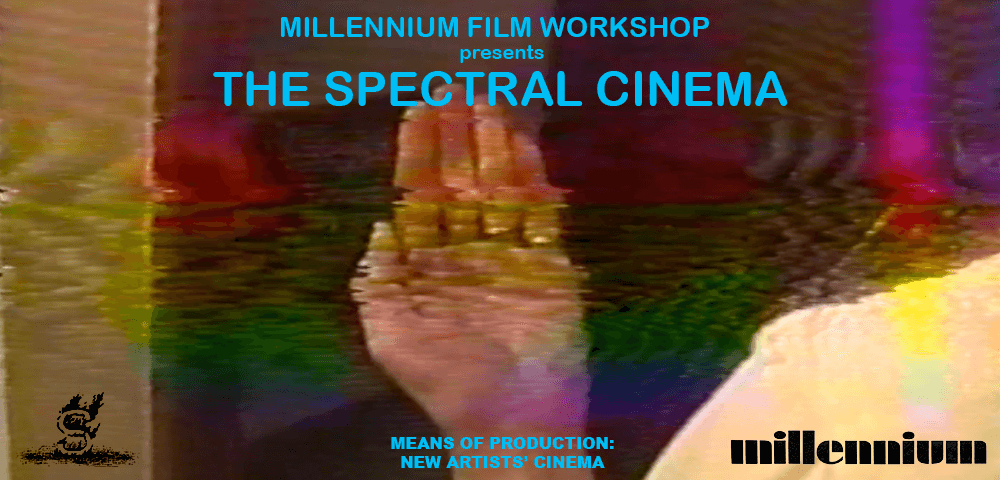
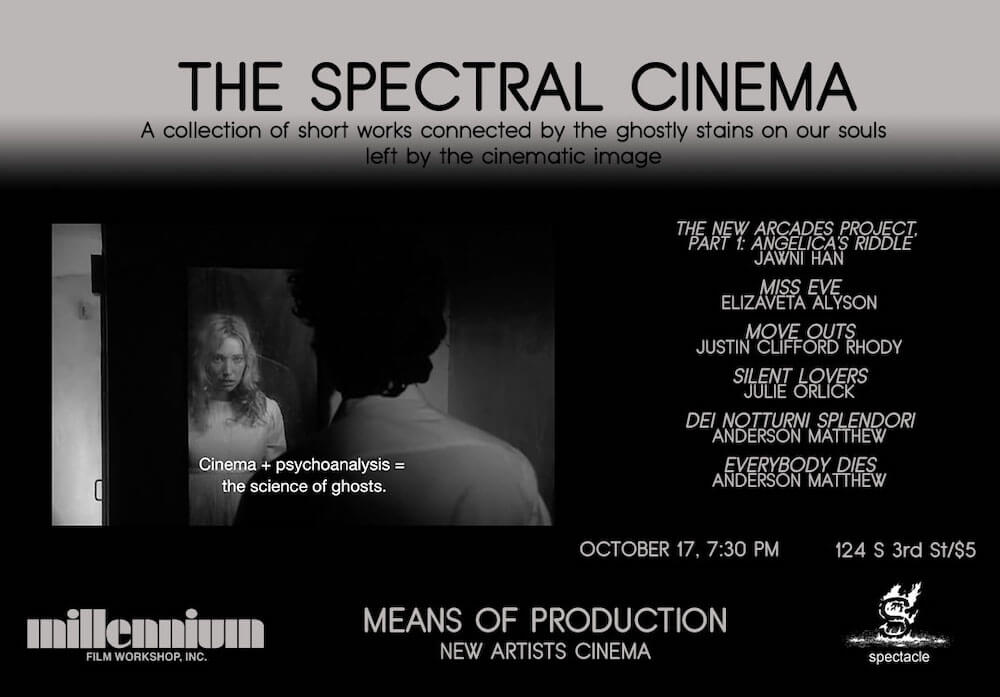
The New Arcades Project has its origins in two cultural objects: Walter Benjamin’s Arcades Project and a lyrical fragment from Pavement song Gold Soundz. It is well known that Benjamin intended the Arcades Project to be more or less a collection of quotations pulled out of context from their original sources, then assembled together in a way that they generate new meanings via Benjamin’s collage technique. Putting his theory of weak messianism into practice, he sought to redeem these fragments of the past by building a sanctuary where they can stay and form new constellations of histoire(s). Benjamin’s quotation-collage technique and philosophy of history find their unlikely epigraph in Pavement’s Gold Soundz, in which Stephen Malkmus sings “you can never quarantine the past.”
In Angelica’s Riddle, we start with the irreconcilable tension between photography and cinema in terms of how time and duration are dealt with in each respective medium. Manoel de Oliviera’s haunting love story about a photographer obsessed with moving image The Strange Case of Angelica is our jumping off point. The illusion of 24 frames per second (Zeno’s paradox) takes us everywhere from Deleuze’s meditation on motion via Bergson, Derrida sketching out the early foundation of hauntology on camera, Kafka through Chantal Akerman’s News from Home, and finally, last but not least, to a mash-up of Kiarstami’s Shirin and Godard’s Breathless.
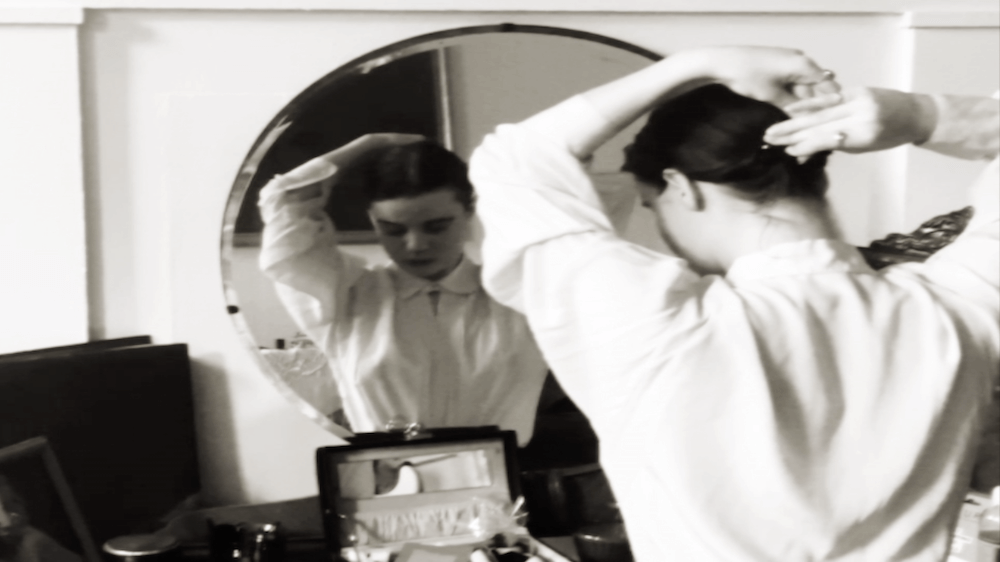
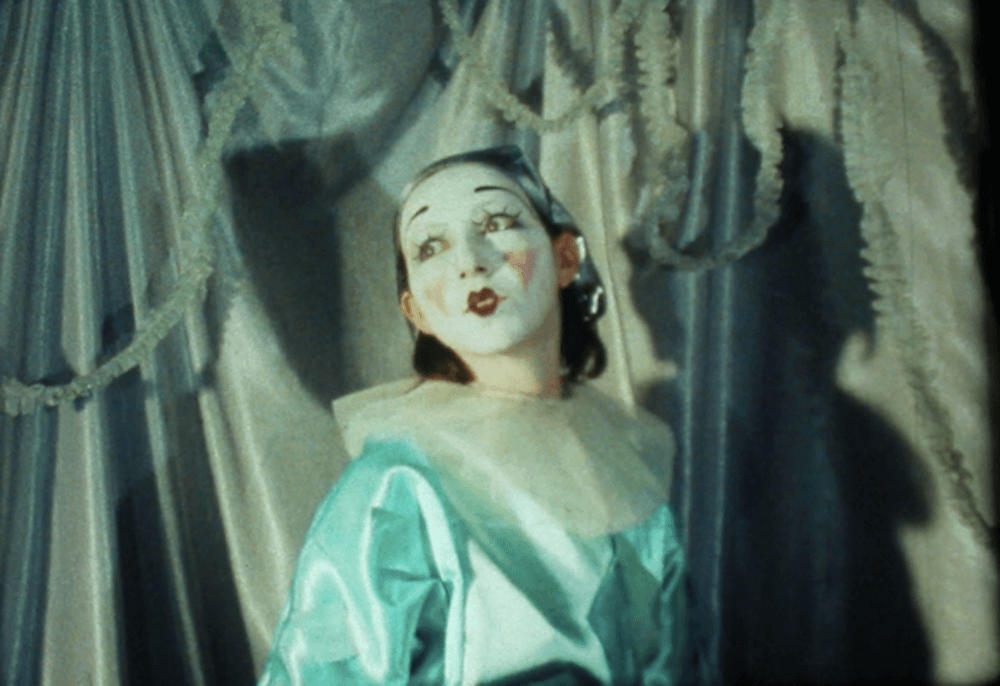
Obedient to the sovereign ruler of his silent universe, a hopeless mime plays lap dog to a covetous queen in their silky echo chamber of imprisonment. As revelations befall upon the crestfallen clown, he realizes his dis-enthrallment through a shattering escape with the hand of a pirouetting harlequin, while Her Majesty’s empire and identity spiral into vibrant agony.
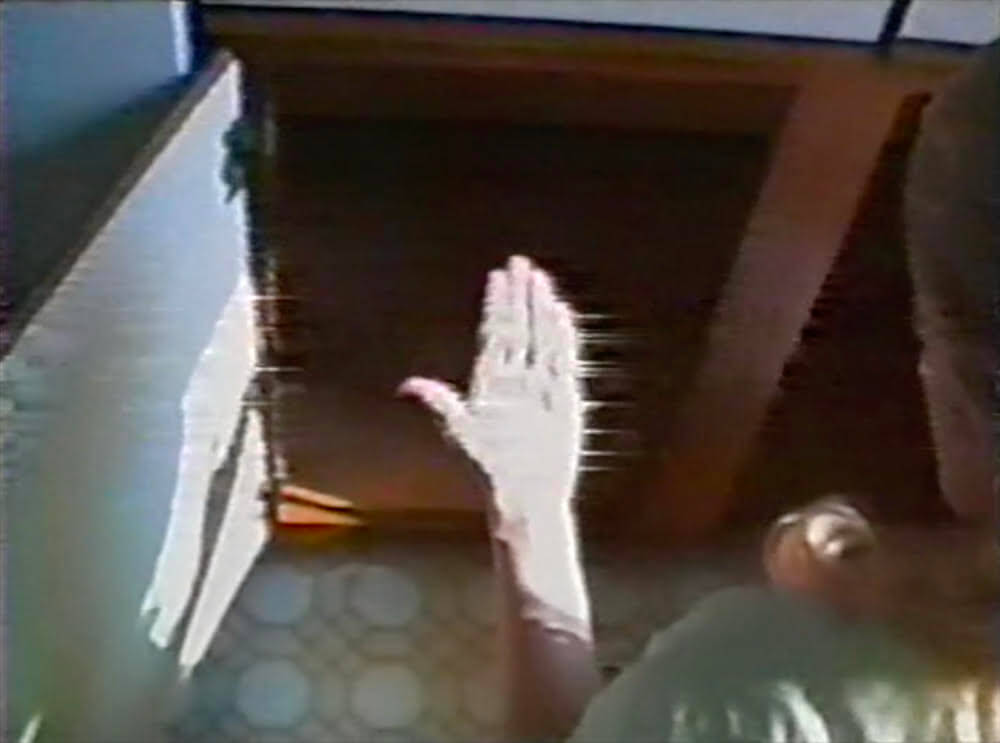
Justin Clifford Rhody is a photographer, filmmaker and sound artist living in New Mexico. He operates the media imprint PHYSICAL and organizes the No Name Cinema film series. More info available at: www.justincliffordrhody.
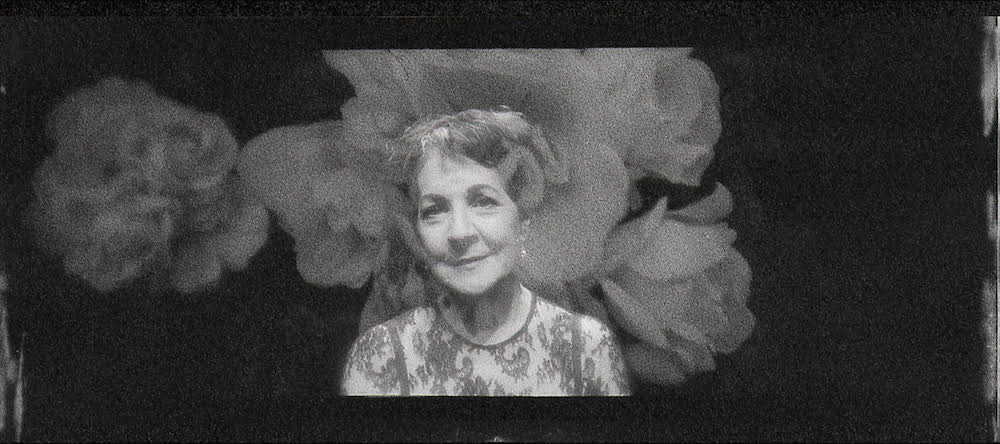
DEI NOTTURNI SPLENDORI
Dir. Anderson Matthew, 2020
Germany, 10 min
The sound of a distant whistle and theorbo calls a sleeping singer through the empty streets of Stuttgart in a midnight journey to the opera house.
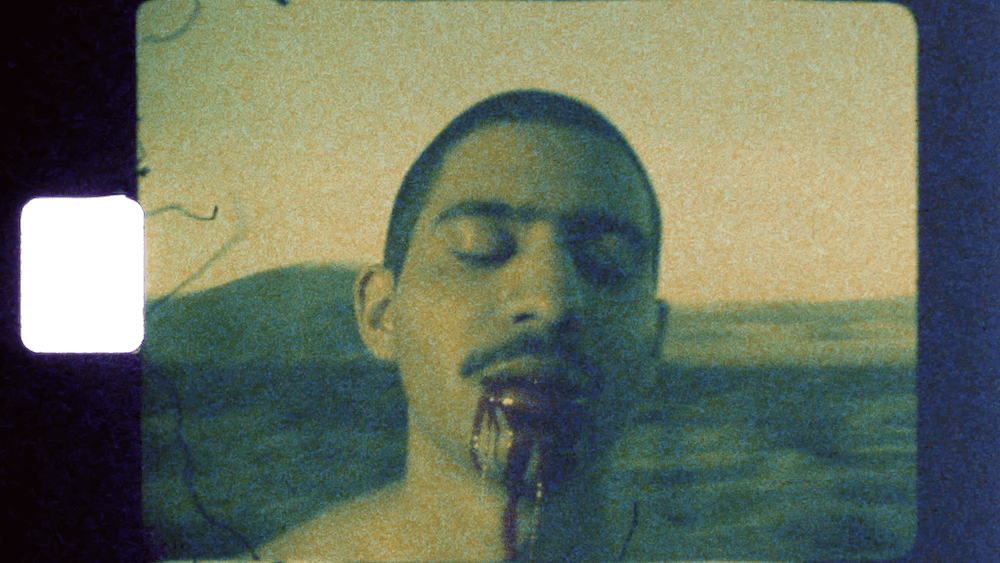
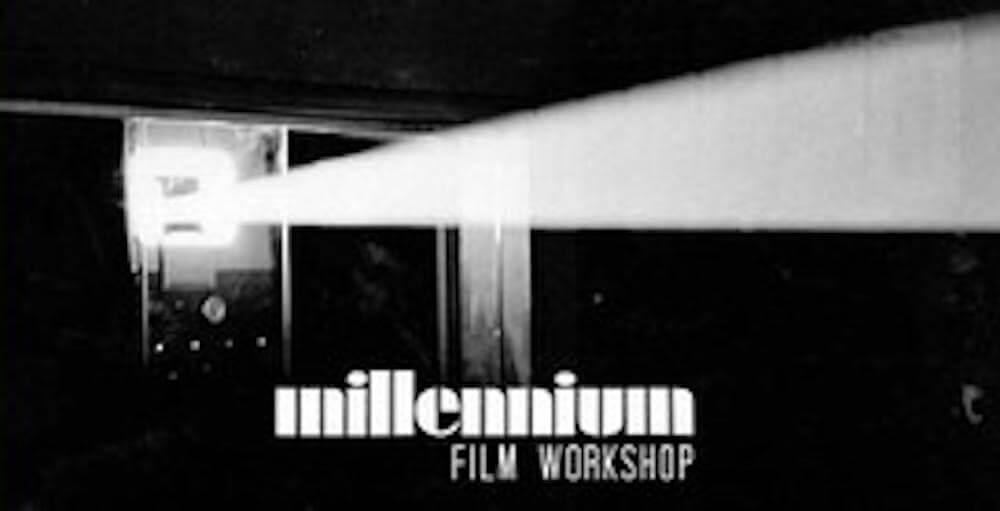
THE SPECTRAL CINEMA is part of MEANS OF PRODUCTION: NEW ARTISTS’ CINEMA presented by MILLENNIUM FILM WORKSHOP
